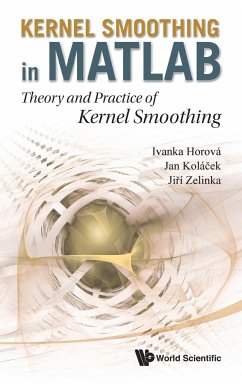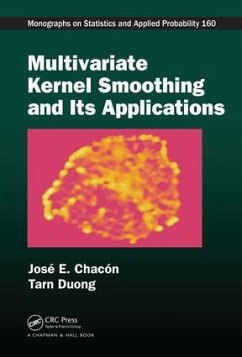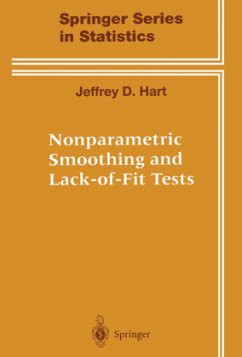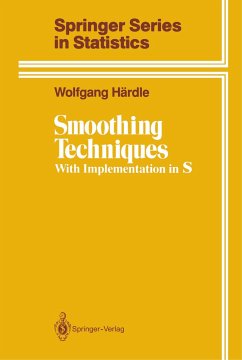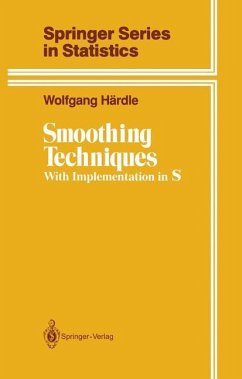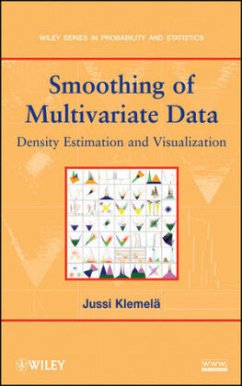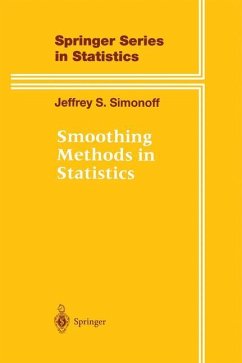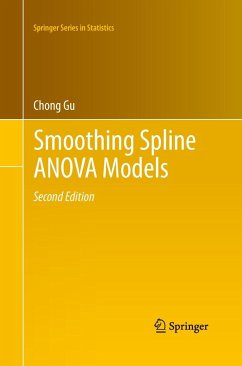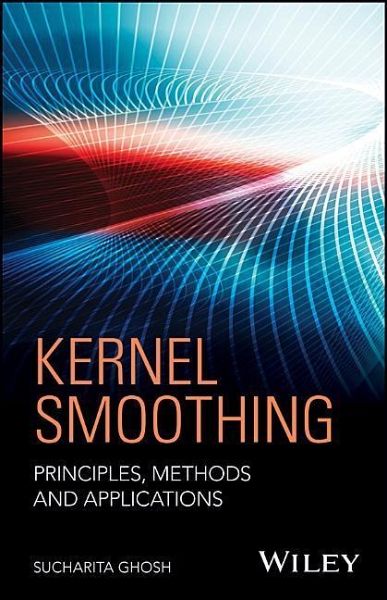
Kernel Smoothing
Principles, Methods and Applications
Versandkostenfrei!
Versandfertig in über 4 Wochen
90,99 €
inkl. MwSt.
Weitere Ausgaben:

PAYBACK Punkte
45 °P sammeln!
Comprehensive theoretical overview of kernel smoothing methods with motivating examples Kernel smoothing is a flexible nonparametric curve estimation method that is applicable when parametric descriptions of the data are not sufficiently adequate. This book explores theory and methods of kernel smoothing in a variety of contexts, considering independent and correlated data, as well as non-Gaussian data that are transformations of latent Gaussian processes. Topics including nonparametric density estimation, nonparametric and semiparametric regression, and trend and surface estimation in particu...
Comprehensive theoretical overview of kernel smoothing methods with motivating examples Kernel smoothing is a flexible nonparametric curve estimation method that is applicable when parametric descriptions of the data are not sufficiently adequate. This book explores theory and methods of kernel smoothing in a variety of contexts, considering independent and correlated data, as well as non-Gaussian data that are transformations of latent Gaussian processes. Topics including nonparametric density estimation, nonparametric and semiparametric regression, and trend and surface estimation in particular for time series and spatial data are introduced. Other areas such as rapid change points and robustness are detailed alongside a study of their theoretical properties and optimality issues, such as consistency and bandwidth selection. Addressing a variety of topics, Kernel Smoothing: Principles, Methods and Applications offers a user-friendly presentation of the mathematical content so that the reader can directly implement the formulas using any appropriate software. The overall aim of the book is to describe the methods and their theoretical backgrounds, while maintaining an analytically simple approach and including motivating examples--making it extremely useful in many sciences such as geophysics, climate research, forestry, ecology, and other natural and life sciences, as well as in finance, sociology, and engineering. * A simple and analytical description of kernel smoothing methods in various contexts * Presents the basics as well as new developments * Includes simulated and real data examples Kernel Smoothing: Principles, Methods and Applications is a textbook for senior undergraduate and graduate students in statistics, as well as a reference book for applied statisticians and advanced researchers.




